Home>Furniture & Design>Bathroom Accessories>What Is Inside A First Aid Kit
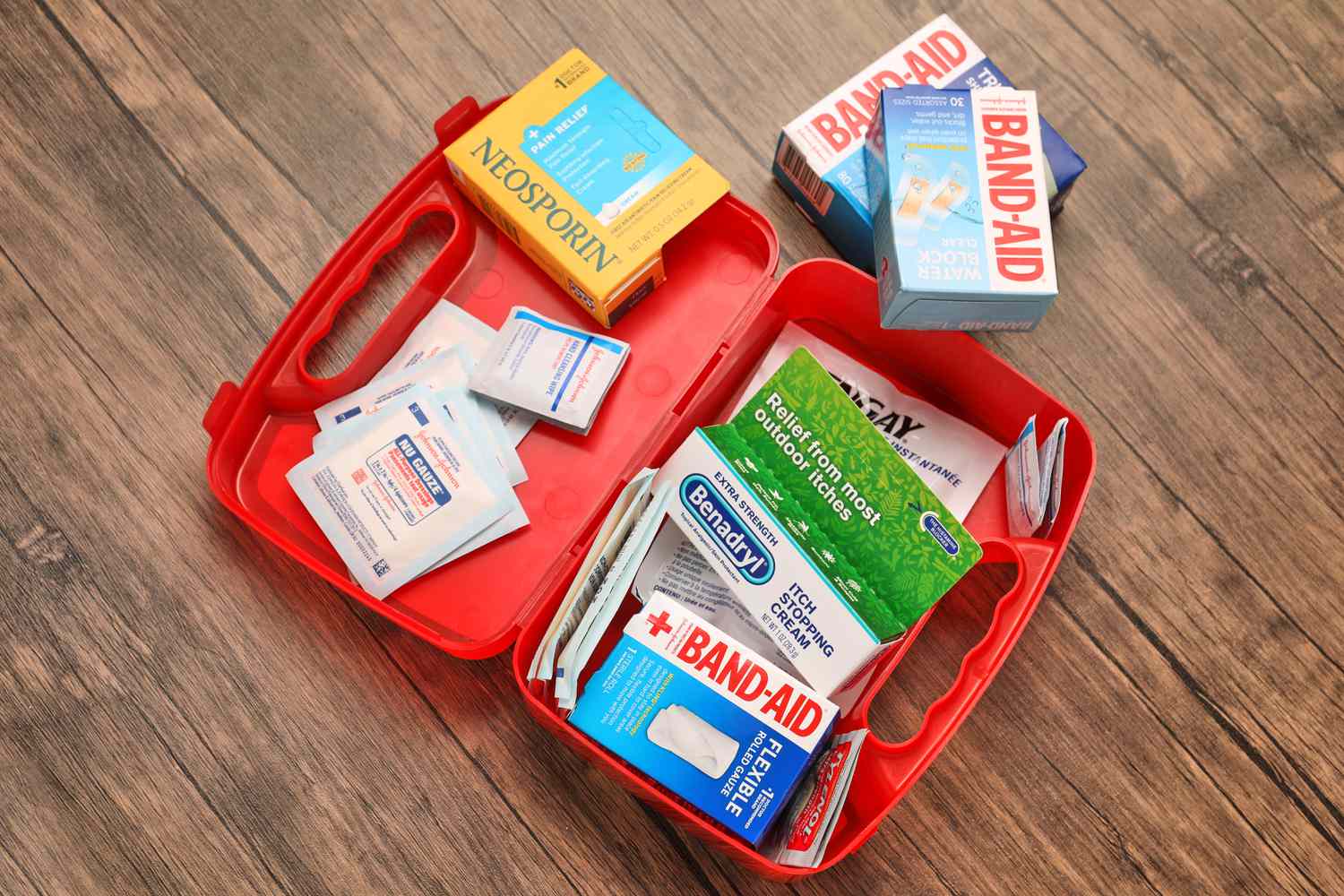

Bathroom Accessories
What Is Inside A First Aid Kit
Modified: March 24, 2024
Discover essential bathroom accessories for your first aid kit. Find out what you need to keep your family safe and prepared in case of emergencies. Explore our comprehensive guide now!
(Many of the links in this article redirect to a specific reviewed product. Your purchase of these products through affiliate links helps to generate commission for Storables.com, at no extra cost. Learn more)
Introduction
A first aid kit is an essential tool for addressing minor injuries and medical emergencies. Whether at home, in the car, or during outdoor activities, having a well-stocked first aid kit can make a significant difference in providing immediate care before professional medical help arrives. Understanding the contents of a first aid kit is crucial for being prepared to handle unexpected situations effectively.
The items within a first aid kit are carefully selected to address a wide range of common injuries, such as cuts, burns, sprains, and insect bites. Additionally, the kit may contain supplies for managing more serious conditions until medical professionals can take over. By having a well-organized and properly stocked first aid kit, individuals can respond promptly to injuries and potentially prevent complications.
In this comprehensive guide, we will explore the various components typically found in a first aid kit, ranging from basic supplies to specialized items. Understanding the purpose of each item and how to use them effectively can empower individuals to provide immediate care in times of need. Whether it's a minor scrape or a more serious injury, having the right supplies readily available can make a significant difference in the outcome of an emergency situation.
By delving into the contents of a first aid kit, we aim to equip readers with the knowledge and confidence to handle unexpected medical incidents effectively. Whether you're a parent, outdoor enthusiast, or simply someone who values preparedness, understanding the essentials of a first aid kit is a valuable skill that can potentially save lives. So, let's dive into the world of first aid supplies and explore the vital role they play in ensuring the well-being of ourselves and those around us.
Key Takeaways:
- Be Prepared for Anything
Understanding the contents of a first aid kit empowers you to provide immediate care for cuts, burns, and more. Having the right supplies readily available can make a significant difference in an emergency. - Expand Your First Aid Kit
Including specialized items like EpiPens and CPR masks enhances your ability to respond to critical incidents. With a well-equipped first aid kit, you can handle diverse medical scenarios with confidence.
Read more: What’s In A First Aid Kit
Basic First Aid Supplies
A well-equipped first aid kit should contain a range of basic supplies to address common injuries and medical needs. These essential items serve as the foundation for providing immediate care in various situations. Here are the basic first aid supplies that are typically included in a standard first aid kit:
1. Adhesive Bandages
Adhesive bandages, commonly known as Band-Aids, are indispensable for covering minor cuts, scrapes, and blisters. They help protect the wound from dirt and bacteria, promoting faster healing and reducing the risk of infection.
2. Gauze Pads and Tape
Gauze pads are used to dress larger wounds and provide a protective layer over the injured area. Medical tape is essential for securing gauze in place and ensuring that dressings remain intact.
3. Antiseptic Wipes or Solution
Antiseptic wipes or solutions are crucial for cleaning and disinfecting wounds before dressing them. They help prevent infection and reduce the risk of complications from minor injuries.
Read more: What Are 10 Items In A First Aid Kit?
4. Tweezers and Scissors
Tweezers are useful for removing splinters, debris, or small foreign objects from the skin. Scissors, preferably with rounded tips, are essential for cutting gauze, tape, and clothing to facilitate first aid procedures.
5. Disposable Gloves
Disposable gloves are vital for protecting both the caregiver and the injured person from potential contamination. They create a barrier against bodily fluids and reduce the risk of transmitting infections during first aid administration.
6. Instant Cold Compress
An instant cold compress provides quick relief for minor sprains, strains, and bruises. It helps reduce swelling and alleviate pain, making it an essential item for addressing musculoskeletal injuries.
7. Pain Relievers
Including a small supply of over-the-counter pain relievers, such as acetaminophen or ibuprofen, can help alleviate minor aches and pains. However, it's important to use these medications according to the recommended dosage and guidelines.
Read more: What Is The Purpose Of A First Aid Kit?
8. Emergency Blanket
An emergency blanket, also known as a space blanket, is a compact and lightweight item that provides insulation and warmth. It is particularly useful for treating shock or hypothermia in emergency situations.
9. First Aid Manual
A comprehensive first aid manual or guide is an invaluable resource for providing step-by-step instructions on administering basic first aid. It serves as a reference for managing various injuries and medical conditions effectively.
By ensuring that these basic first aid supplies are readily available, individuals can respond promptly to injuries and medical emergencies, potentially preventing complications and promoting faster recovery. These essential items form the cornerstone of any well-prepared first aid kit, empowering individuals to provide immediate care when it matters most.
Additional First Aid Supplies
In addition to the basic first aid supplies, a well-stocked first aid kit may also include additional items to address a wider range of potential injuries and medical needs. These supplementary supplies enhance the kit's versatility and preparedness, ensuring that individuals can respond effectively to various emergency situations. Here are some of the additional first aid supplies that are commonly included in comprehensive first aid kits:
1. CPR Mask
A CPR mask is a crucial addition to a first aid kit, especially in situations where cardiopulmonary resuscitation (CPR) may be required. This device provides a barrier between the rescuer and the individual receiving CPR, reducing the risk of cross-contamination and increasing the effectiveness of rescue breaths.
Read more: What Should Be In A Kitchen First Aid Kit
2. Burn Gel or Dressing
Burns, whether caused by heat, chemicals, or friction, require specialized care. Including burn gel or dressings in a first aid kit can provide immediate relief and protection for burn injuries, helping to alleviate pain and prevent further damage to the skin.
3. Eye Wash Solution
Eye injuries, such as foreign object contamination or chemical exposure, require prompt and thorough irrigation. Eye wash solution, specifically formulated for rinsing the eyes, can help flush out foreign substances and provide initial treatment for eye-related emergencies.
4. Sterile Saline Solution
Sterile saline solution is a versatile addition to a first aid kit, serving multiple purposes such as cleaning wounds, irrigating eyes, and flushing debris from sensitive areas. Its gentle and non-irritating nature makes it suitable for various first aid applications.
5. Splint
For immobilizing and stabilizing suspected fractures or severe sprains, a splint is an essential tool. Including a lightweight and moldable splint in the first aid kit enables caregivers to provide temporary support for injured limbs before professional medical assistance is available.
Read more: What Should Be In A School First Aid Kit
6. Tourniquet
In situations involving severe bleeding from an extremity, a tourniquet can be a life-saving device. While proper training and understanding of tourniquet application are essential, having this tool available in the first aid kit can help control life-threatening bleeding in emergencies.
7. Thermometer
A digital thermometer is a valuable addition for assessing body temperature, especially in cases of illness or suspected fever. Monitoring body temperature can aid in determining the severity of a condition and guide appropriate first aid interventions.
8. Burn Cream
In addition to burn dressings, including a soothing burn cream in the first aid kit can provide further relief for minor burns. These specialized creams help moisturize the affected area and promote healing, offering comfort to the injured individual.
9. Oral Rehydration Salts
For addressing dehydration due to illness, heat exposure, or strenuous activities, oral rehydration salts can help replenish essential electrolytes and fluids. Including these packets in the first aid kit supports the management of dehydration-related emergencies.
By incorporating these additional first aid supplies, individuals can enhance the preparedness and effectiveness of their first aid kit, ensuring that they are equipped to handle a broader spectrum of injuries and medical emergencies. These supplementary items complement the basic supplies, providing comprehensive support for various first aid scenarios and contributing to better outcomes in times of need.
Read more: What Is Gauze Used For In A First Aid Kit
Specialized First Aid Supplies
In addition to the basic and additional first aid supplies, specialized items cater to specific medical needs and emergency scenarios, further enhancing the comprehensive nature of a well-equipped first aid kit. These specialized first aid supplies are designed to address unique situations and medical conditions, providing individuals with the tools to respond effectively to more complex emergencies. Here are some of the specialized first aid supplies that may be included in a fully stocked first aid kit:
1. EpiPen (Epinephrine Auto-Injector)
An EpiPen is a life-saving device designed to administer a single, pre-measured dose of epinephrine in cases of severe allergic reactions (anaphylaxis). Individuals with known severe allergies to insect stings, foods, or medications may carry an EpiPen, and having one in a first aid kit can provide immediate relief in critical situations.
2. Nasal Aspirator
For addressing nasal congestion or clearing the airways of infants and young children, a nasal aspirator can be a valuable addition. This specialized tool helps remove mucus from the nasal passages, aiding in breathing and comfort during respiratory distress.
3. SAM Splint
A SAM (Structural Aluminum Malleable) splint is a versatile and moldable splinting device that can be shaped to support a wide range of injuries, including fractures, sprains, and strains. Its flexibility and effectiveness make it a valuable asset in managing musculoskeletal injuries.
Read more: What Should Be In A Horse First Aid Kit
4. QuikClot Hemostatic Dressing
In situations involving severe bleeding that cannot be controlled with direct pressure alone, a QuikClot hemostatic dressing provides an advanced means of promoting blood clotting and managing traumatic hemorrhage. This specialized dressing is particularly useful in outdoor or high-risk environments.
5. CPR Shield
A CPR shield, also known as a face shield, provides a protective barrier for performing CPR and rescue breathing. Including this specialized device in a first aid kit ensures safe and hygienic administration of CPR, reducing the risk of cross-contamination.
6. Glucose Gel or Tablets
Individuals with diabetes or those at risk of hypoglycemia may benefit from having glucose gel or tablets readily available in a first aid kit. These specialized items can rapidly raise blood sugar levels in cases of low blood glucose, providing essential support during diabetic emergencies.
7. Irrigation Syringe
An irrigation syringe equipped with a catheter tip is essential for flushing debris from wounds, eyes, or other body cavities. Its precise and controlled irrigation capabilities make it a valuable tool for maintaining cleanliness and promoting healing in various medical scenarios.
Read more: What Is A First Aid Kit Used For In A Lab
8. Suture Kit
In remote or wilderness settings where professional medical care may be delayed, a suture kit containing sterile sutures, needles, and instruments allows for the closure of deep or complex wounds. Proper training and understanding of suturing techniques are essential when including this specialized item in a first aid kit.
By incorporating these specialized first aid supplies, individuals and caregivers can expand the scope of care they can provide in emergency situations. These items cater to specific medical needs and enhance the preparedness of a first aid kit, ensuring that individuals are equipped to address a diverse range of injuries and medical conditions effectively. Whether at home, during outdoor activities, or in professional settings, the inclusion of specialized first aid supplies contributes to a more comprehensive and responsive approach to first aid administration.
Conclusion
In conclusion, a well-stocked first aid kit is an indispensable resource for addressing a wide range of injuries and medical emergencies. By understanding the essential components and purpose of each item, individuals can be better prepared to provide immediate care in times of need. The basic first aid supplies form the foundation of the kit, addressing common injuries such as cuts, scrapes, and minor musculoskeletal issues. These supplies, including adhesive bandages, gauze pads, antiseptic wipes, and pain relievers, enable caregivers to respond promptly and effectively to everyday mishaps.
Furthermore, the inclusion of additional first aid supplies enhances the versatility and preparedness of the kit. Items such as CPR masks, burn dressings, and eye wash solutions cater to more specific medical needs, ensuring that individuals can address a broader spectrum of injuries and emergencies. These supplementary supplies contribute to a more comprehensive approach to first aid, empowering caregivers to handle diverse medical scenarios with confidence.
Moreover, the specialized first aid supplies further augment the capabilities of a well-equipped first aid kit. Devices such as EpiPens, nasal aspirators, and SAM splints cater to unique medical conditions and complex emergency situations, providing individuals with the tools to respond effectively to critical incidents. Including these specialized items in a first aid kit expands the scope of care that can be provided, particularly in high-risk or remote environments where professional medical assistance may be delayed.
By recognizing the importance of a well-organized and properly stocked first aid kit, individuals can take proactive steps to ensure their preparedness for unexpected medical incidents. Whether at home, in the workplace, or engaged in outdoor activities, having a comprehensive first aid kit readily available can make a significant difference in the outcome of an emergency. Additionally, familiarizing oneself with the contents and usage of the first aid supplies through a comprehensive first aid manual or guide is essential for effective administration.
In essence, the contents of a first aid kit serve as a lifeline in times of distress, enabling individuals to provide immediate care and potentially prevent complications until professional medical help is available. By investing in a well-equipped first aid kit and acquiring the necessary knowledge and skills, individuals can play a proactive role in ensuring the well-being of themselves and those around them. Preparedness is key, and a well-stocked first aid kit is a vital component of that readiness.
Frequently Asked Questions about What Is Inside A First Aid Kit
Was this page helpful?
At Storables.com, we guarantee accurate and reliable information. Our content, validated by Expert Board Contributors, is crafted following stringent Editorial Policies. We're committed to providing you with well-researched, expert-backed insights for all your informational needs.
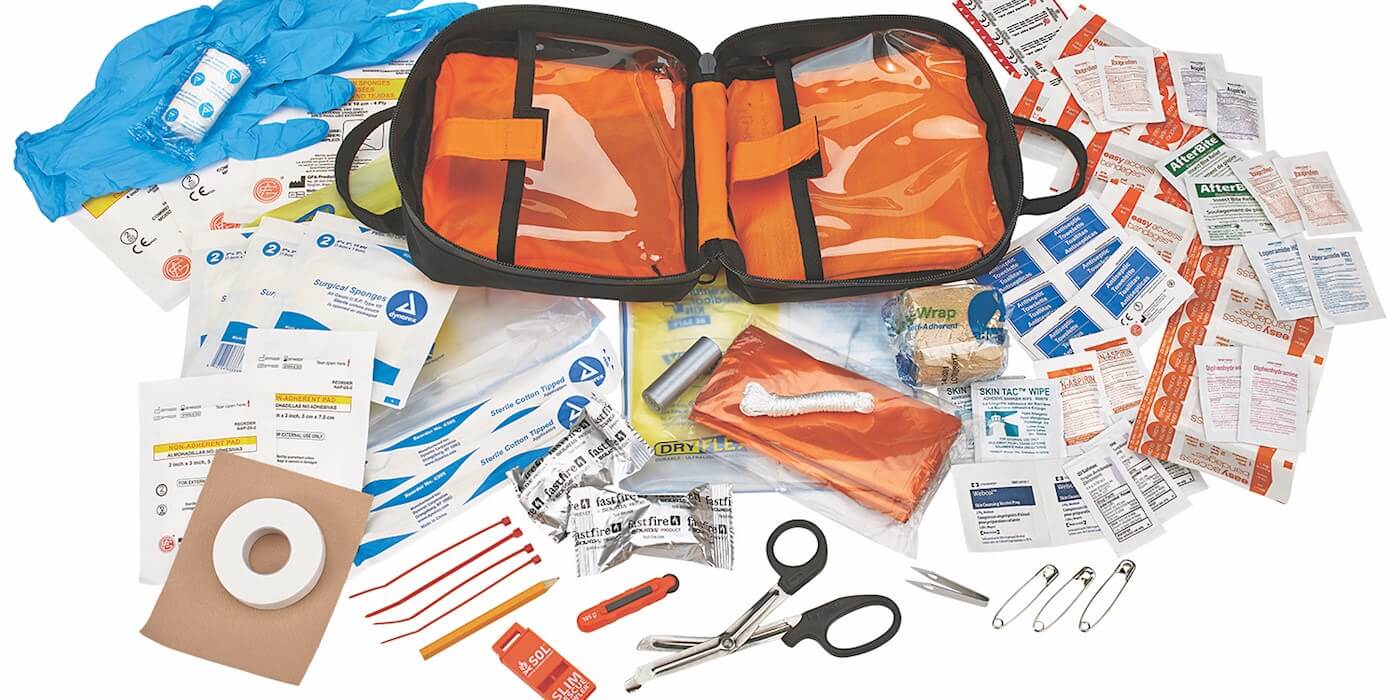
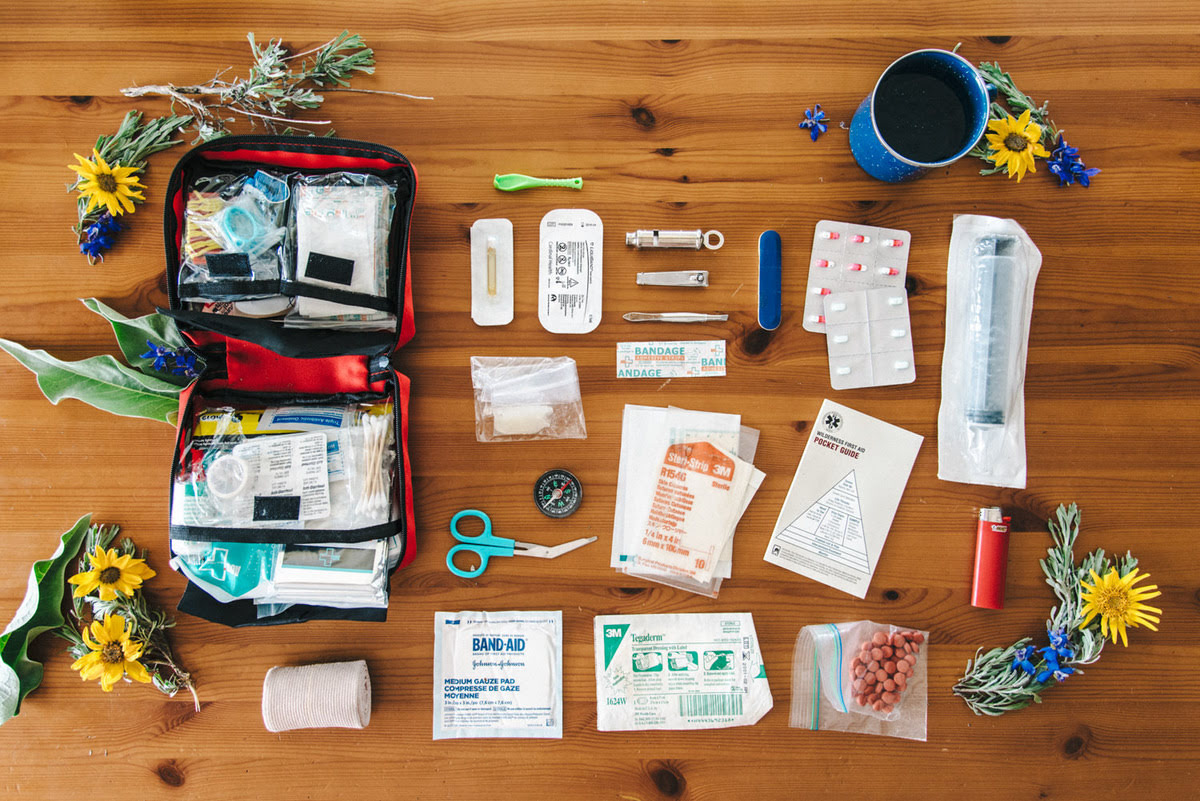
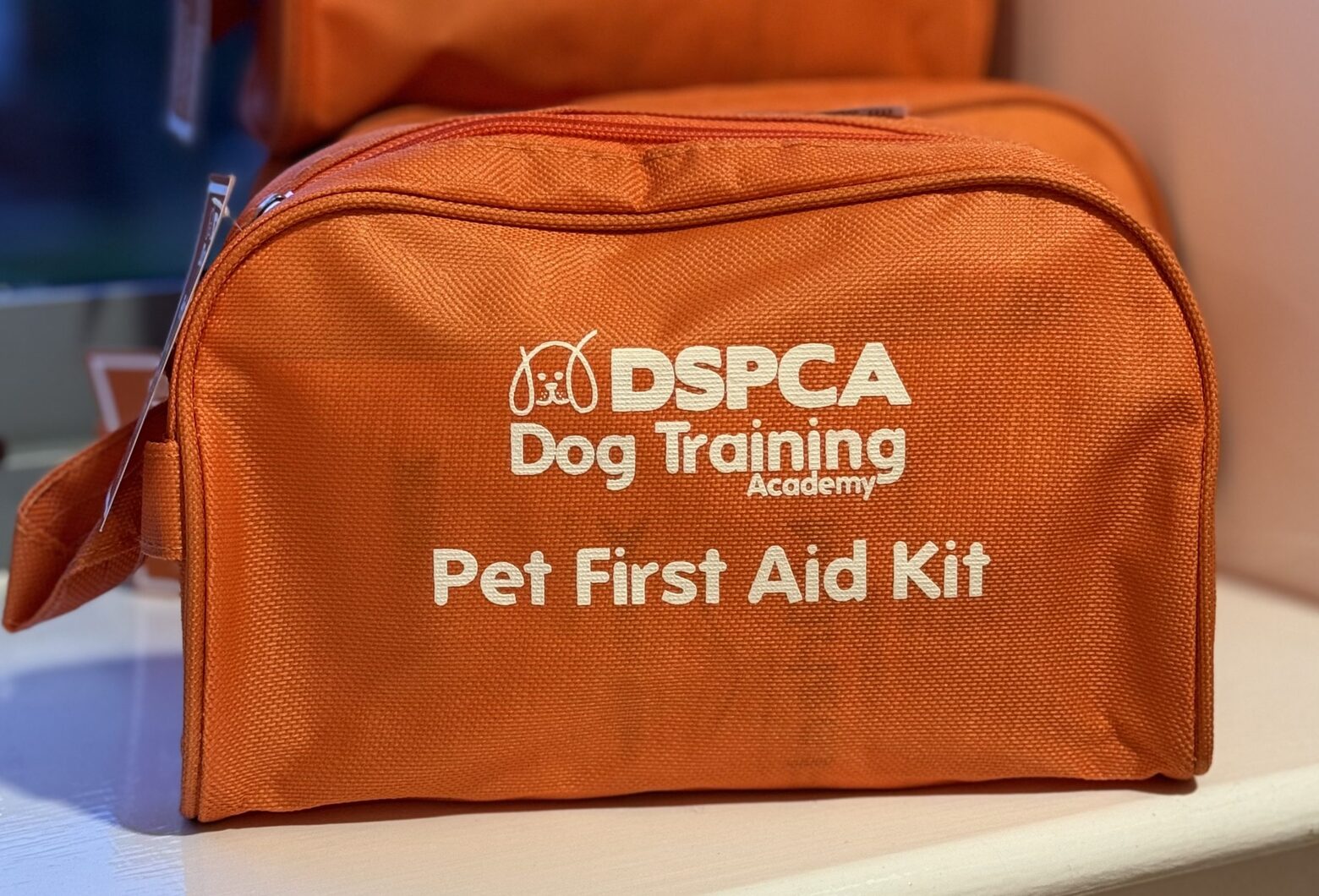
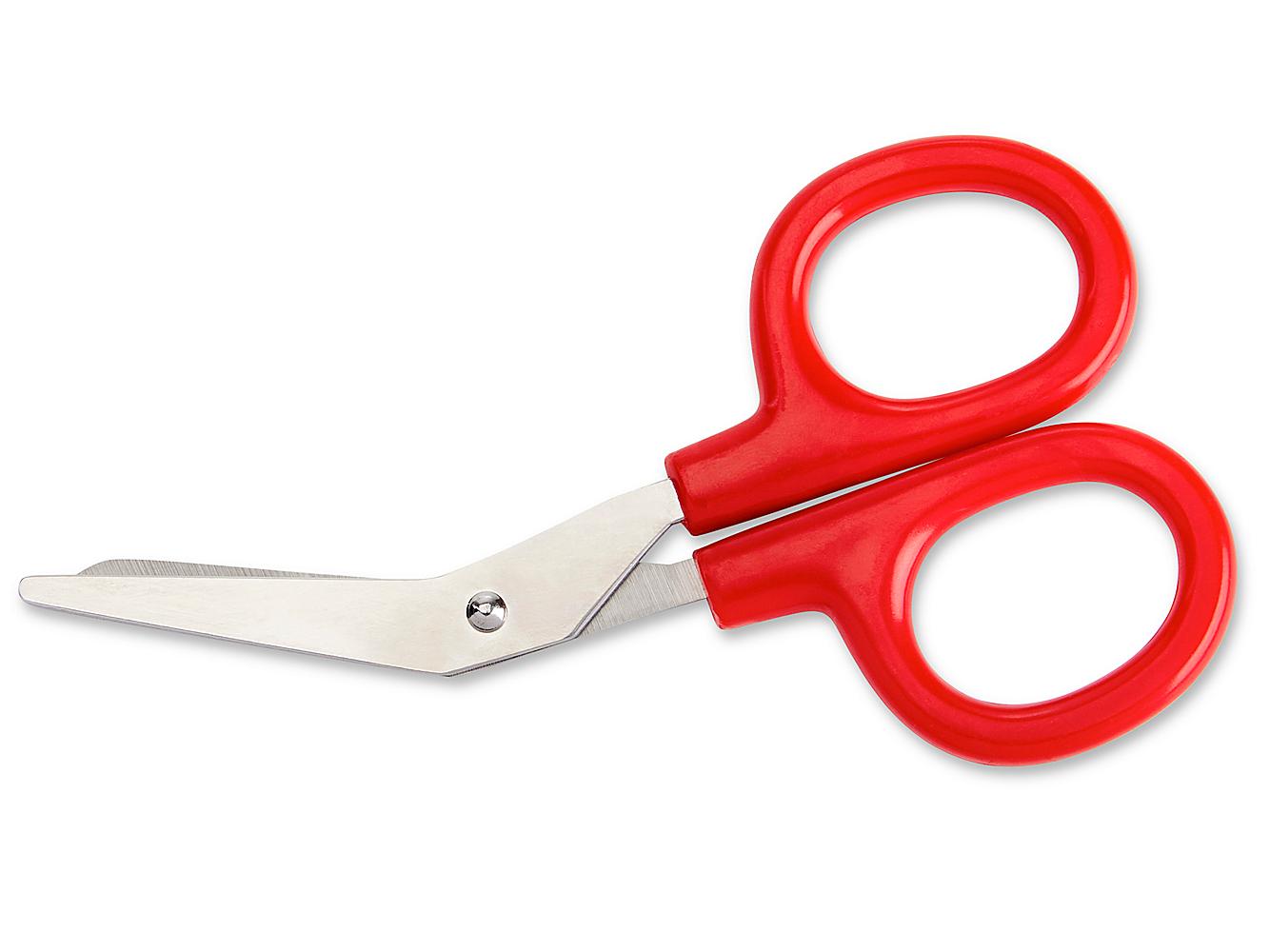
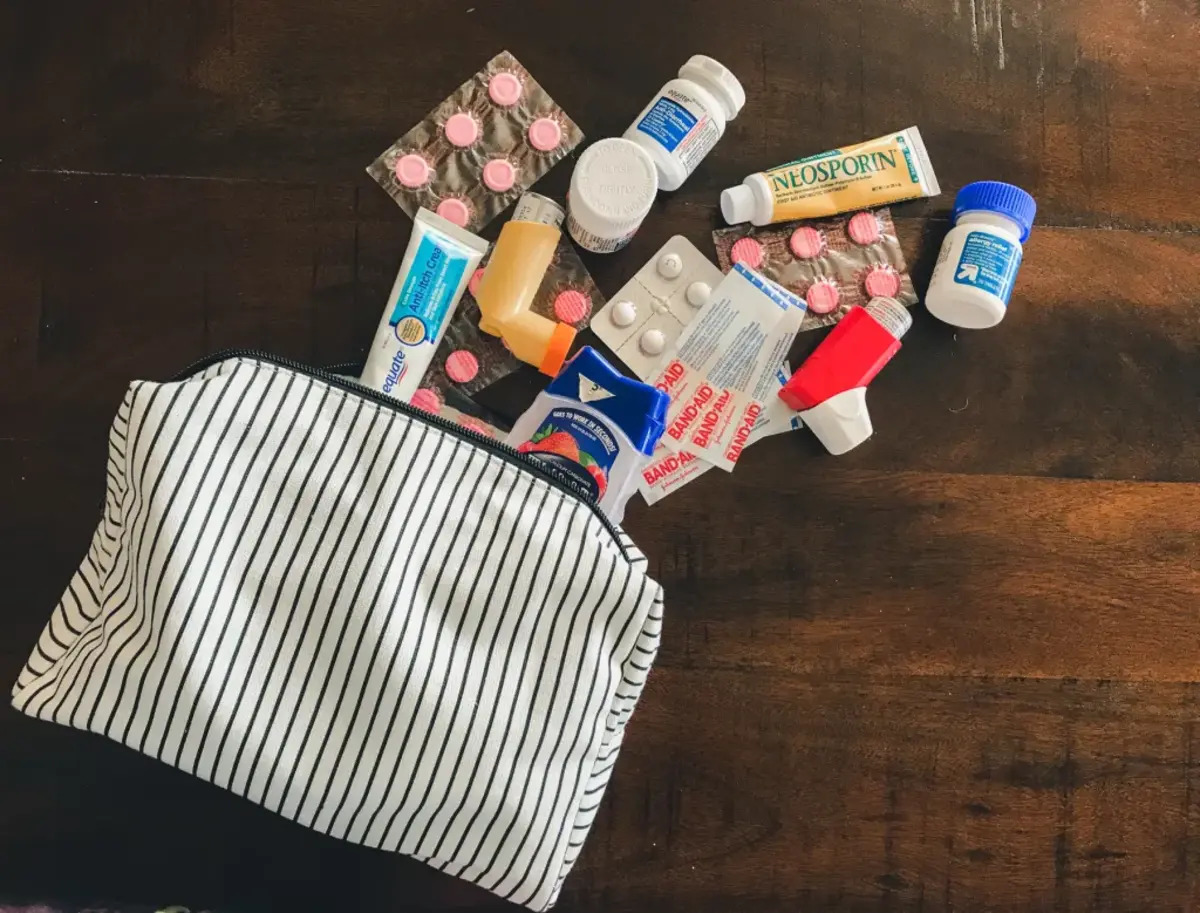
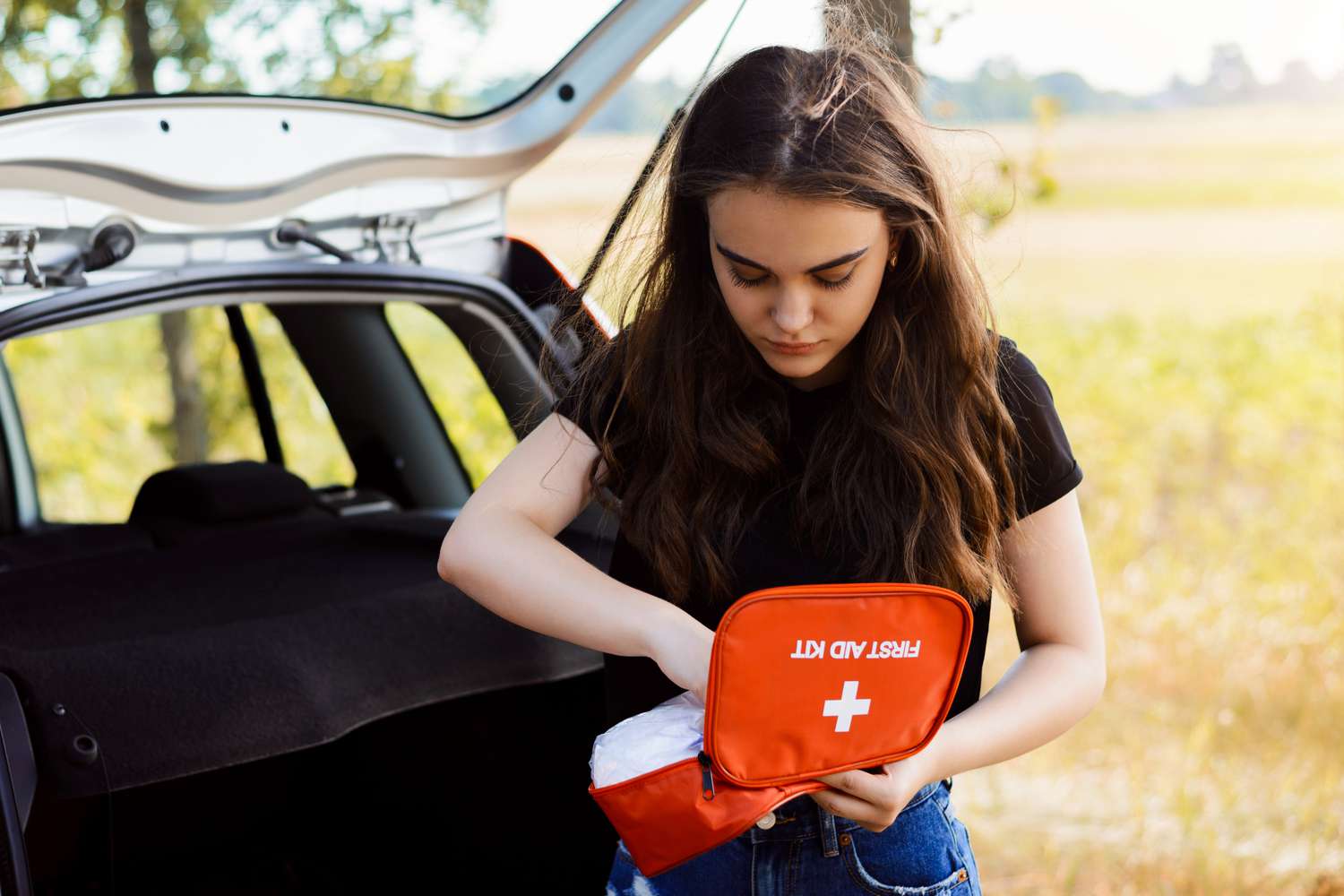
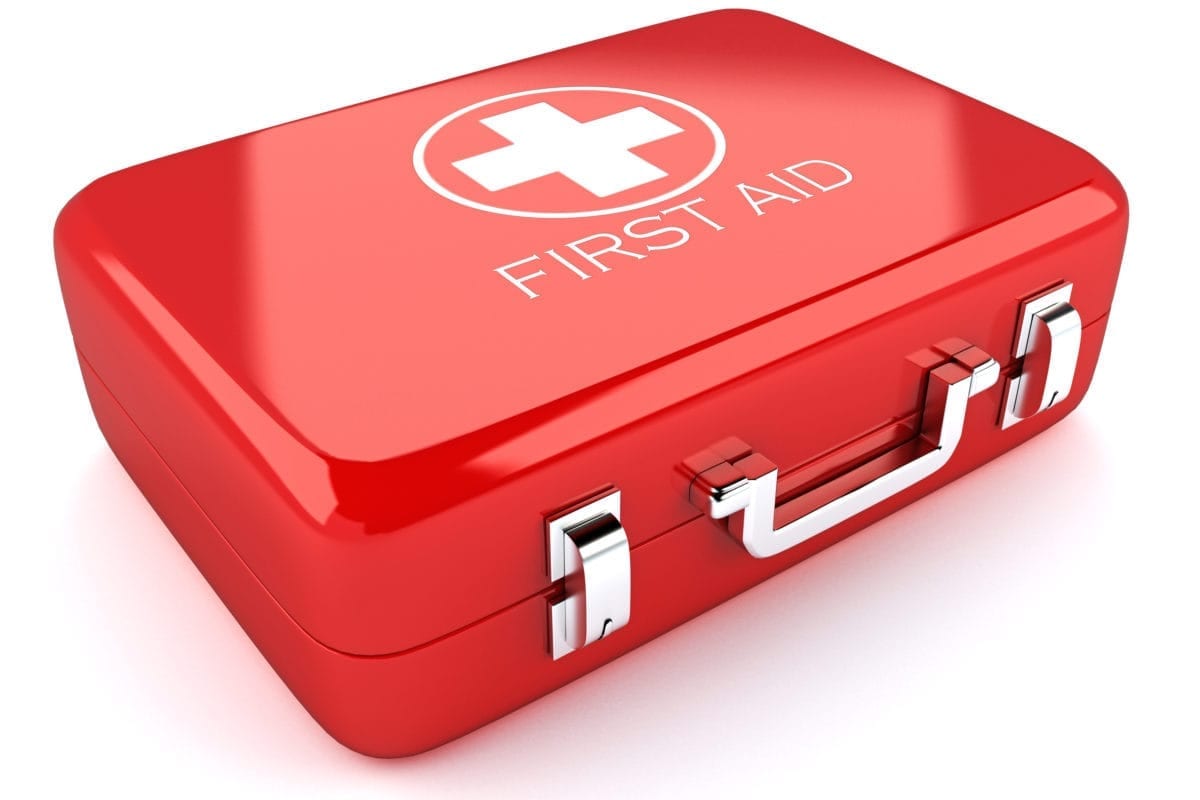
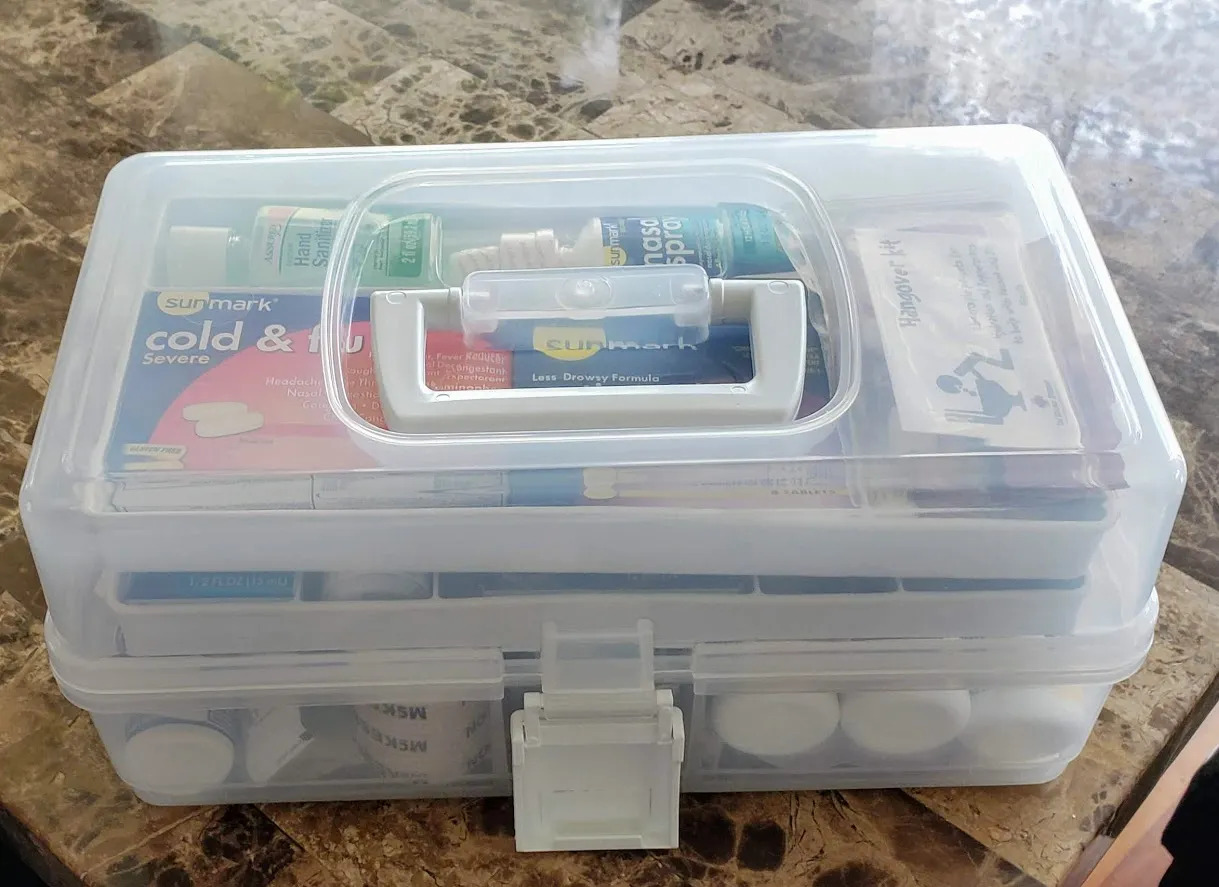

0 thoughts on “What Is Inside A First Aid Kit”